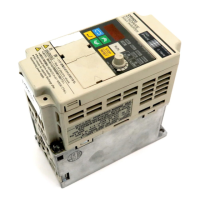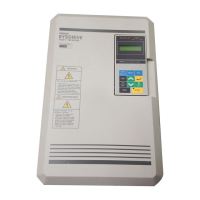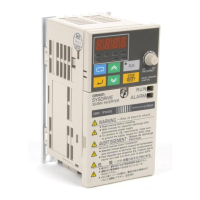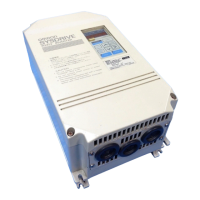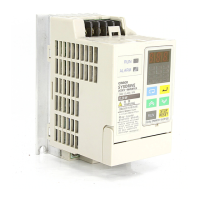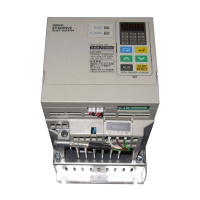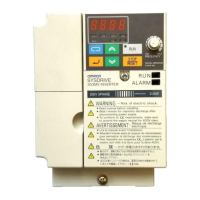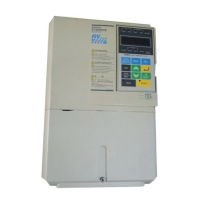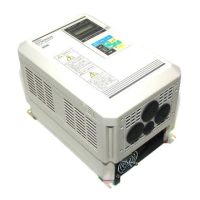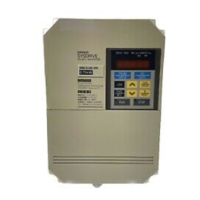2-20
•For
the special-purpose breaker for Inverters, choose a ground fault interrupter with a
sensitivity amperage of at least 10 mA per Inverter.
•When
using a
general leakage breaker
, choose a ground fault interrupter with a sensi
-
tivity
amperage of 200 mA or more per Inverter and with an operating time of 0.1 s or
more.
D Installing a Magnetic Contactor
If
the power supply of the main circuit is to be shut of
f because of the sequence, a mag
-
netic contactor can be used instead of a molded-case circuit breaker.
When
a magnetic contactor is installed on the primary side of the main circuit to stop a
load
forcibly
,
however
, the regenerative braking does not work and the load coasts to a
stop.
•A
load can be started and stopped by opening and
closing the magnetic contactor on
the primary side. Frequently opening and closing the magnetic contactor, however,
may cause the Inverter to break down.
•When
the Inverter is operated with
the Digital Operator
, automatic operation cannot be
performed after recovery from a power interruption.
D Connecting Input Power Supply to the Terminal Block
Input
power supply can be connected
to any terminal on the terminal block because the
phase
sequence of input power supply is irrelevant to the phase sequence (R/L1, S/L2,
and R/L3).
D Installing an AC Reactor
If
the
Inverter is connected to a large-capacity power transformer (660 kW or more) or
the
phase advance capacitor is switched, an excessive peak current may flow
through
the input power circuit, causing the converter unit to break down.
To prevent this, install an optional AC reactor on the input side of the Inverter.
This also improves the power factor on the power supply side.
D Installing a Surge Absorber
Always
use a surge absorber or diode for the inductive loads near the Inverter
. These
inductive
loads
include magnetic contactors, electromagnetic relays, solenoid valves,
solenoid, and magnetic brakes.
Design Chapter
2

